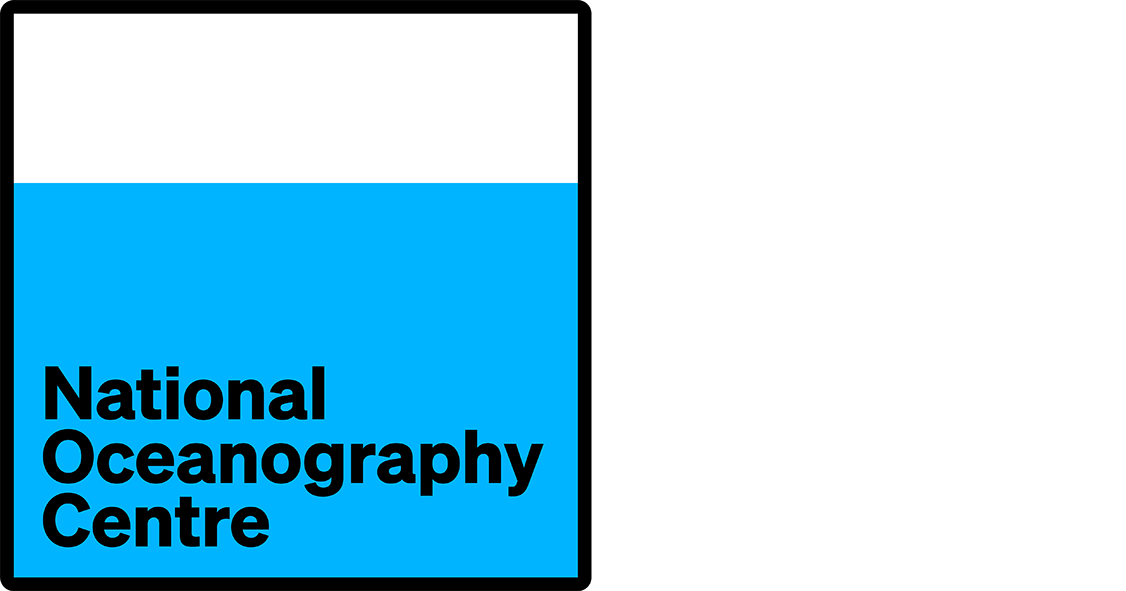- Resources
- Inventories
- Cruise inventory
- Report
- 17618
RV Cefas Endeavour 14/20
Cruise summary report
| Cruise Info. | |
| Ship name (ship code) | RV Cefas Endeavour (74E9) |
| Cruise identifier | 14/20 |
| Cruise period | 2020-07-29 — 2020-08-28 |
| Status | Completed |
| Port of departure | Lowestoft, United Kingdom |
| Port of return | Lowestoft, United Kingdom |
| Purpose | Research |
| Objectives | Aims
1. To carry out a groundfish survey of the North Sea as part of the ICES coordinated IBTS, using a hybrid GOV trawl. 2. Collect surface sea water samples for Caesium/Tritium testing to be performed post-survey. 3. Conduct multiple tows to investigate king scallop (Pecten maximus) maturity in closed fishing grounds using Newhaven scallop dredges. Narrative Cefas scientists boarded RV Cefas Endeavour on 27 July 2020 for COVID-19 testing and self-isolation as per agreed policy. Once negative tests had been confirmed for all scientists and crew the ship left Lowestoft 0600h 29 July and proceeded east to prime station 4 to begin the survey. Each day would start and end with a CTD deployment and a GOV fishing trawl on each prime station. By 2 August 10 fishing stations had been completed (including prime station after late Belgian permissions were received), prime station 8 was successfully completed but gear damage on prime station 7 resulted in an invalid tow. Between 2 and 5 August 25 scallop dredge stations were completed as per primary aim 3. Once this work was complete GOV prime station 7 was repeated successfully on 5 August. Between 6 and 9 August 15 further GOV tows were completed until gear damage on 10 August at prime 49 saw a second invalid tow. The repeat, plus two more prime stations were completed that day. Between 11 and 14 August 14 more GOV stations were completed before a scheduled stop off at Seahouses, Northumberland allowed biological samples to be ferried into port and sent on to Lowestoft for processing to key deadlines. Between 15 and 21 August another 20 fishing stations were completed before gear damage meant a repeat of prime station 66 had to be invalidated. The final 13 stations were completed between 22 and 26 August, with fishing managed around Storm Ellen, then held up by Storm Francis for ~30 hours. Once prime station 34 was completed, the survey headed back to Lowestoft, docking at 04:30h 28 August 2020. |
| Chief scientist | Benjamin Hatton (Centre for Environment, Fisheries and Aquaculture Science Lowestoft Laboratory) |
| Project | ICES International Bottom Trawl Survey (IBTS) |
| Coordinating body | International Council for the Exploration of the Sea (ICES) |
| Cruise programme | |
| Cruise report | |
| Ocean/sea areas | |
| General | North Sea |
| Specific | North Sea (ICES areas IVa, b & c) |
| Measurements | |
| Physical oceanography | |
| CTD stations | Quantity: number of profiles = 48 Description: 48 CTD casts with ESM2 profiler |
| CTD stations | Quantity: number of stations = 48 Description: Salinity samples collected at surface and bottom using niskin at 48 stations |
| Contamination | |
| Other contaminant measurements | Quantity: number of samples = 231 Description: 231 samples of marine litter recorded in GOV catches. |
| Biology and fisheries | |
| Phytoplankton pigs (eg chlorophyll, fluorescence) | Quantity: number of experiments = 42 Description: Surface water chlorophyll filtrations at 42 stations |
| Demersal fish | Quantity: number of hauls = 77 Description: 77 valid stations completed with GOV otter trawl, plus 3 invalid. |
| Molluscs | Quantity: number of hauls = 25 Description: 25 valid stations completed with x8 Newhaven scallop dredges |
| Taggings | Quantity: number of specimens = 14 Description: 14 elasmobranchs tagged with Petersen discs. |
| Other biological/fisheries measurement | Quantity: number of samples = 6801 Description: Length distributions of all fish and selected shellfish/cephalopod species at every haul, plus 6801 biological samples, including otoliths collected for ageing purposes for commercial fish |
| Geology and geophysics | |
| Multi-beam echosounding | Quantity: activity duration in days = 31 Description: Fisheries acoustics recorded continously at 38 kHz, 120 kHz and 200 kHz for 31 days. |

